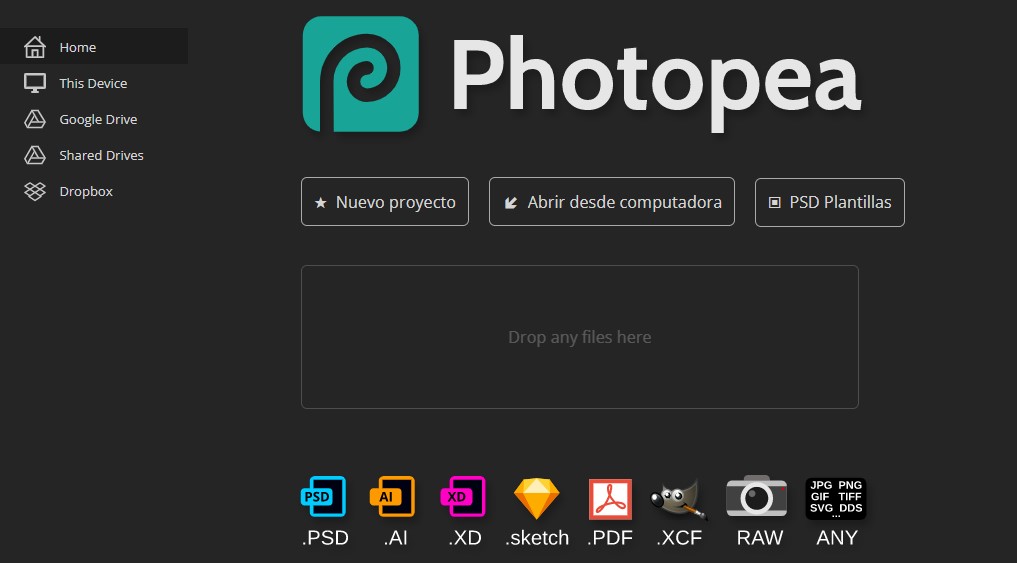3. Computer Aided design¶
Assignment
model (raster, vector, 2D, 3D, render, animate, simulate, …) a possible final project, compress your images and videos, and post a description with your design files on your class page
2D Design¶
For the 2D design I used the Photopea program, I was able to change the size of my image, however I did not notice much of the change in my web page despite having followed all the steps. The steps performed were: open my photo from the repository in Photopea, select image > resize image, reduce it to more than half the original size and then commit the changes to the same repository file.
I verified in Visual Studio Code that the photo already looked smaller in size and I saved again and then proceeded to Push
Diseño en 3D¶
Invesalius¶
One option to obtain a 3D design could be with InVesalius
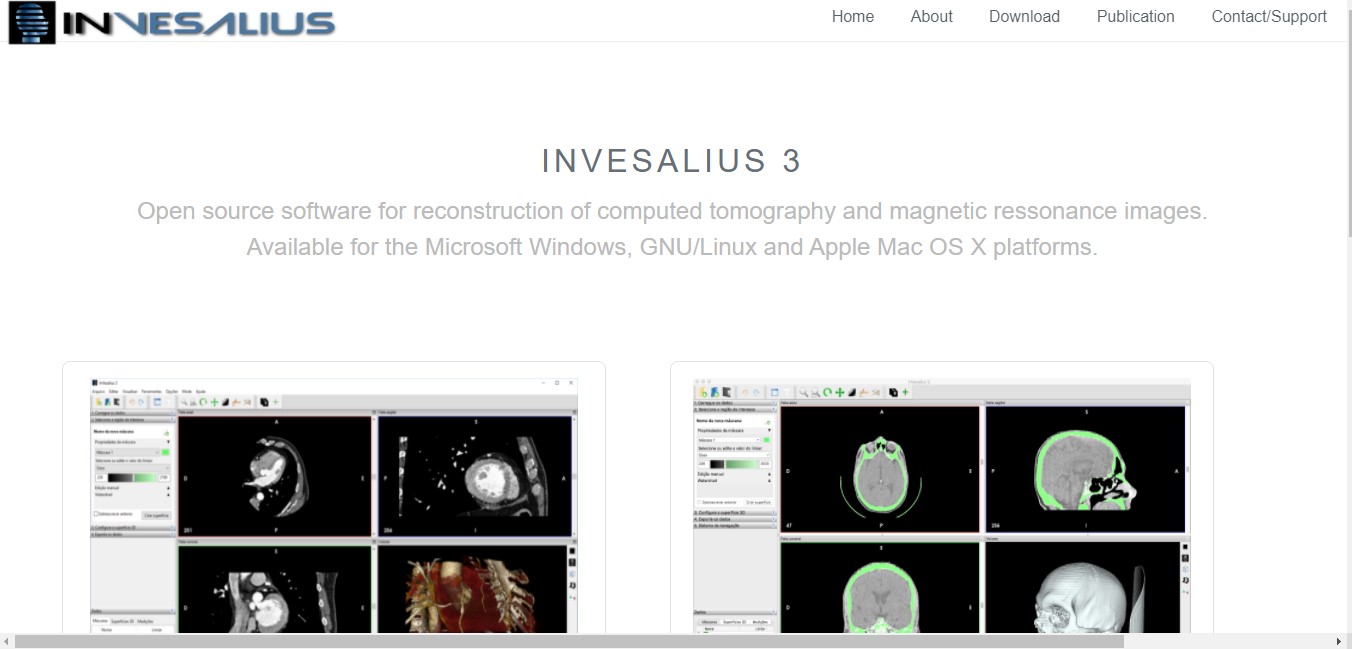
InVesalius is a free national software produced by CTI Renato Archer. It has the ability to generate three-dimensional virtual anatomical models from two-dimensional images, these images being obtained through Computerized Tomography (CT) or Magnetic Resonance (MRI) equipment.
In this tutorial produced for the extension project “Advancing the teaching and learning of human anatomy: implementation of Unila’s Digital Anatomical Radiological Bank (BARD)”, the basic tools of InVesalius are presented, as well as the step-by-step procedure for the three-dimensionalization of a CT scan from its original file in DICOM format.
Using the DICOM of a tomography study, I was able to design part of the skull in 3D. The software, when converting in STL format, automatically directs you to another editor where I could make some cuts of the image that I considered necessary.

Tinkercad¶
The program I know is Tinkercad, it is used online and it seems to be very practical.
I made a very rough representation of the structure involved in the functioning of the vestibulo oculomotor reflex. Represent the eyeballs with two 20-mm spheres both held by two servomotors that would play the role of the eyeball muscles responsible for movement in the horizontal plane.
These in turn are subject to a laminar structure made up of 3 sheets of 10 x 1 and 0.2 in length, width and height respectively plus another sheet of 10 x 2.5 x 0.2 length, width and height respectively, which would also support the ears with their sensors and the microprocessor in the central part.
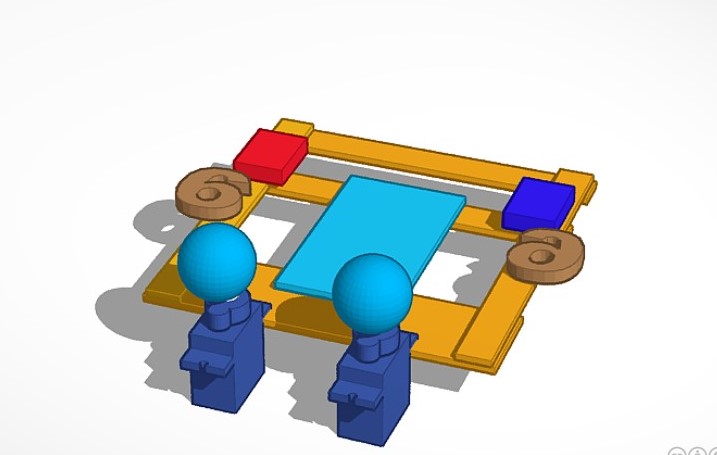
Blender¶
With the help of Silvia Lugo (instructor) we designed the head of the final project, within which the electronic and mechanical components will be.
First design or prototype of the head for the final project (Recreation of the oculomotor vestibule reflex)
Head for final project in process of design in Blender

Head for final project finished
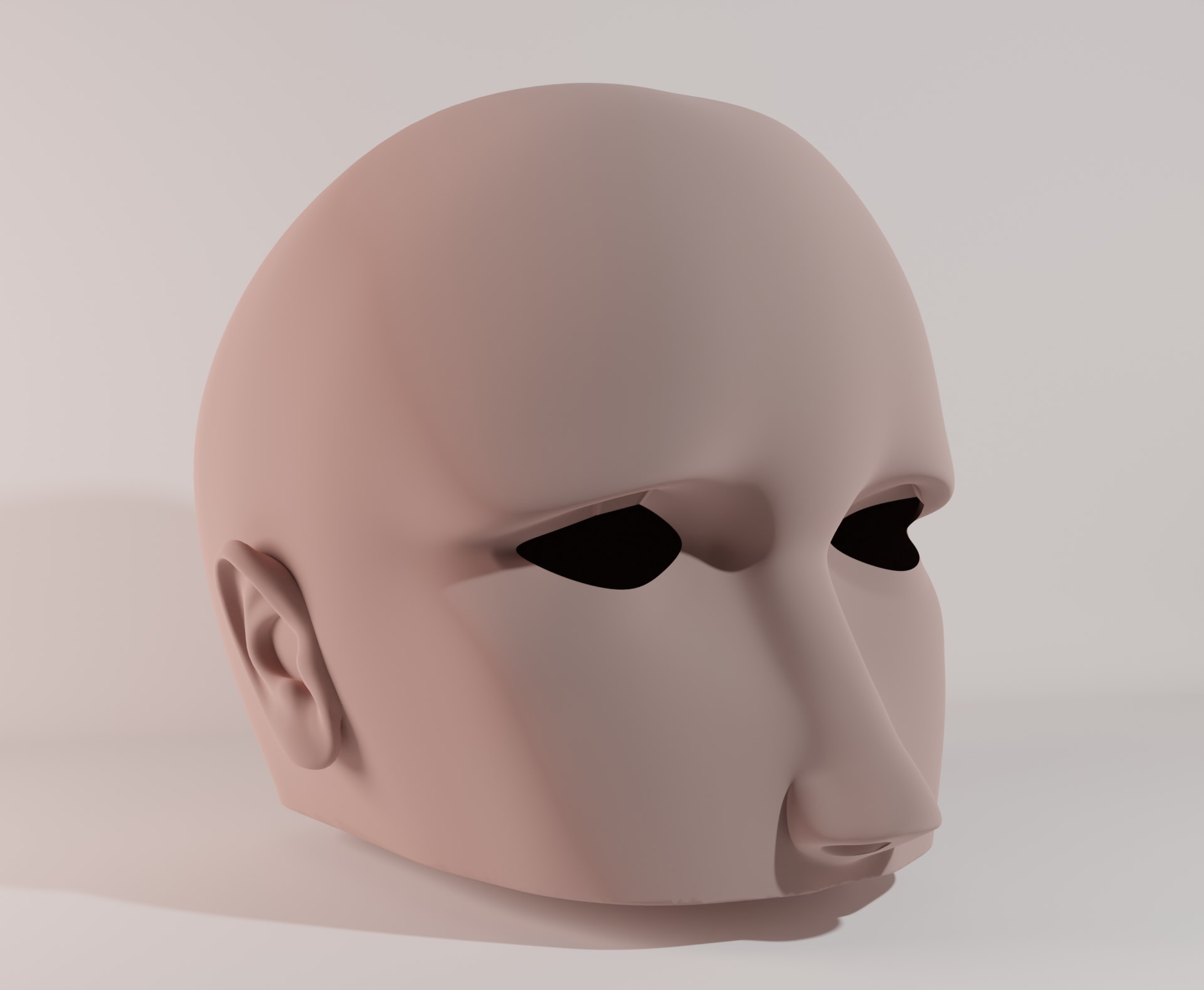
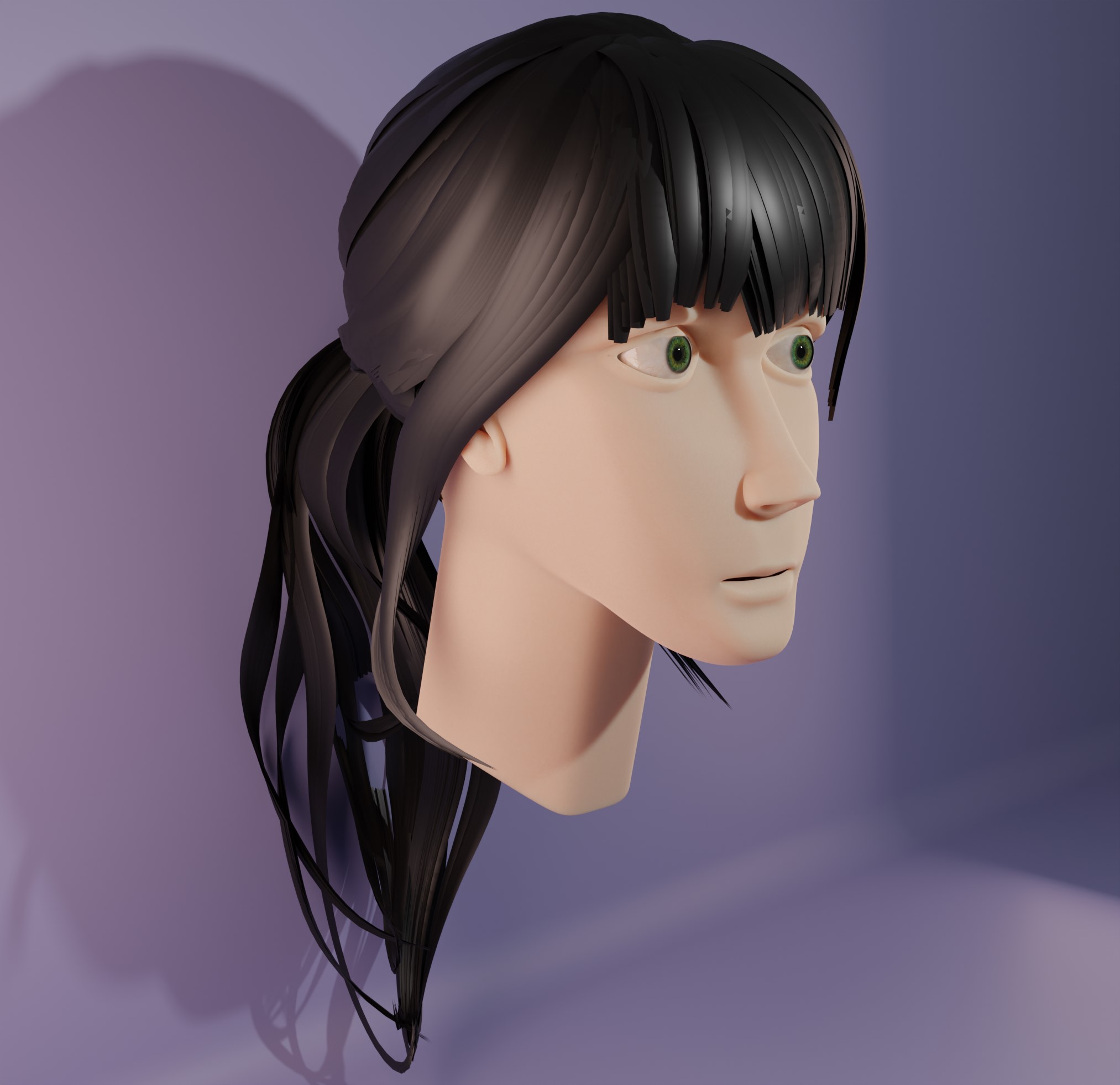
Compresor¶
I used Optimizilla to optimize the size of my images https://imagecompressor.com/es/. It is very simple to use and gives you the option to do it as you like.

Audio y video¶
The free access software kdenlive was very nice for me to edit some personal videos related to my hobby the Paraguayan harp
Photos of the process
First lesson of Paraguayan Harp
During the preparation of the video for the final project, I came across two very interesting video editing software:
1- Kapwing
2- Video Editor
What I learned ?
I learned with this task that there are countless software for editing images in 2D, 3D, some very good and even open source like BLENDER. There are also video editors, also free of charge and that meet the expectations of a not very demanding user like me.
Useful links¶
My proyect links¶
Files Face_Designe
